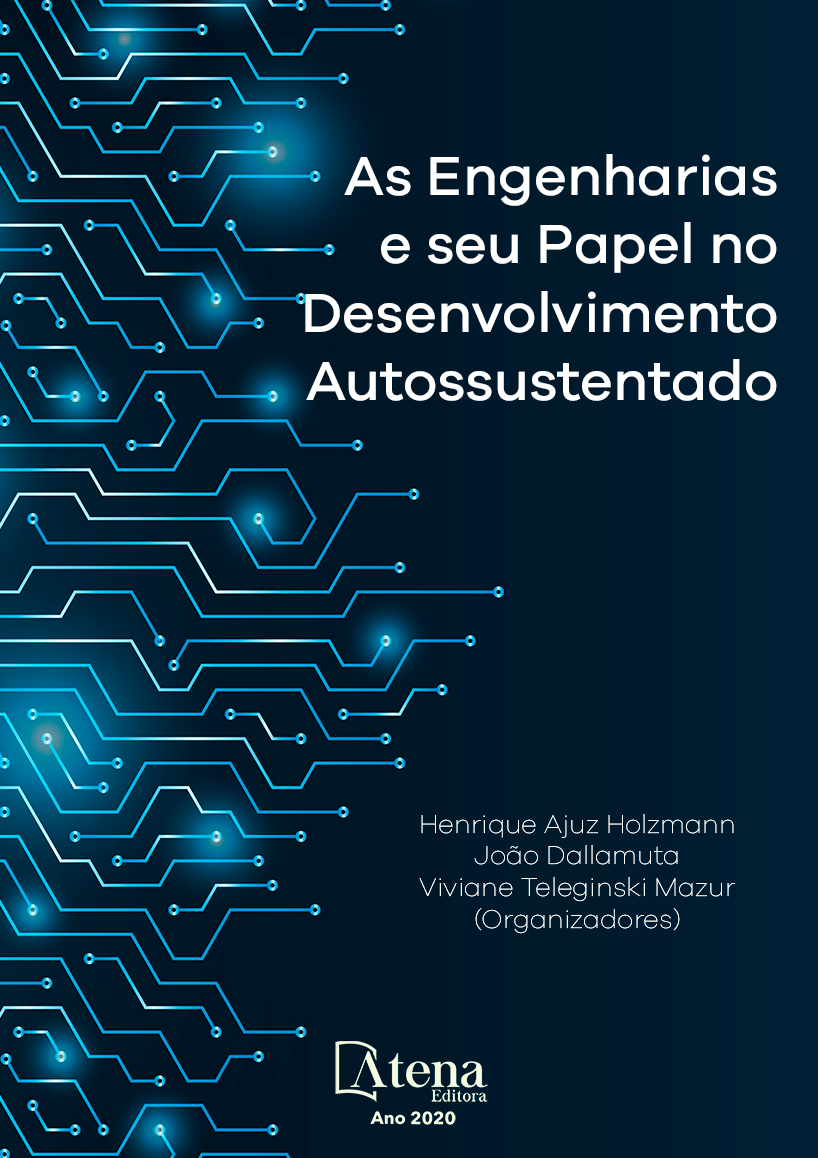
COMPARAÇÃO DE ÍNDICES DE EFICIÊNCIA ENERGÉTICA E EMISSÕES DO SEGMENTO DE REVESTIMENTOS CERÂMICOS
Os energéticos utilizados no segmento de revestimentos cerâmicos têm cinco usos finais principais: calor de processo, aquecimento direto, força motriz, iluminação e energia eletroquímica. Nestes usos finais, pode-se obter melhorias na eficiência energética, com reflexos no abatimento das emissões de gases causadores do efeito estufa. O nível de eficiência e o tipo de combustível utilizado no processo produtivo, juntamente com os equipamentos de controle das emissões, são responsáveis pelos índices de emissões desses gases. O objetivo deste trabalho é apurar os níveis de eficiência energética no processo produtivo de revestimentos cerâmicos, os tipos de combustíveis utilizados e os níveis de emissões. Segue-se a comparação com os índices deste segmento industrial na Espanha, obtido junto à Agência Valenciana de Energia (AVEN). O trabalho mostra que o desempenho ambiental das empresas instaladas no Brasil é satisfatório e, em alguns casos, muito bom, vis-à-vis as congêneres para os quais se obteve dados junto à AVEN, para efeito de comparação. Comenta-se, também, no trabalho, as possibilidades da auto-produção de energia elétrica, em particular através da co-geração.
COMPARAÇÃO DE ÍNDICES DE EFICIÊNCIA ENERGÉTICA E EMISSÕES DO SEGMENTO DE REVESTIMENTOS CERÂMICOS
-
DOI: 10.22533/at.ed.46620300613
-
Palavras-chave: Eficiência energética, emissões de gases, cogeração
-
Keywords: Energy efficiency, emission of gases, CHP
-
Abstract:
The energy sources used in the ceramic tile segment have five main end uses: process heat, direct heating, driving force, lighting and electrochemical energy. In these end uses, improvements in energy efficiency can be achieved, with consequences on the reduction of greenhouse gas emissions. The level of efficiency and the type of fuel used in the production process, together with the emission control equipment, are responsible for the emission rates of these gases. The objective of this work is to determine the energy efficiency indexes the production process of ceramic tiles, the types of fuels used and the levels of emissions. Finally, following the comparison with the contents of this industrial segment in Spain, obtained from the Valencia Energy Agency (AVEN). The results show that the environmental performance of companies in Brazil is satisfactory and, in some cases, very good, vis-à-vis the congeners for which data obtained by the AVEN. Comments is also at work, the possibilities of electricity self-production.
-
Número de páginas: 9
- Paulo Cesar Manduca
- Mauro Donizeti Berni


